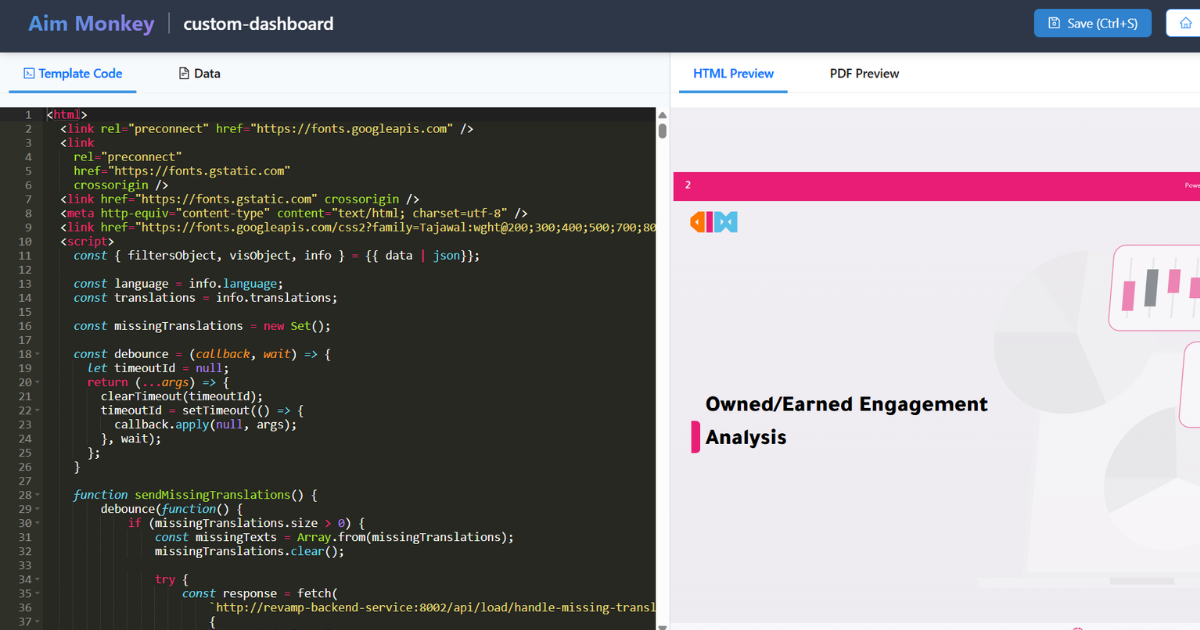The sentiment analysis across social media gives the business insights into how the audience thinks about it, by tracking all the conversations that include the brand name. And be able to analyze and understand its meanings, to understand the audience better. With real time sentiment analysis, businesses can understand their audience all the time. And find out any changes in their opinions to be able to react to them faster and better.

Importance of Real-Time Sentiment Analysis in Business
Sentiment analysis has great importance for any business. This importance is because of the data and features that provide for the businesses.
- Enhancing Customer Experience
Providing real-time sentiment, and knowing how your target audience feels towards your products and services leads to enhancing their experiences. Through knowing their feedback faster, and understanding what they like and dislike about your brand.
- Crisis Management
The sentiment is an indicator of any crisis that your business could have. As it presents what the market is saying about your brand, and what they are complaining about. To be able to predict any crisis, and build a strategy for crisis management before it happens.
- Social Media Monitoring
By being closer to your audience and the market, you would be able to do social media monitoring. By identifying any new trends that the audience is talking about in real time. And know how the audience rates it and any social media influencer.
- Competitive Advantage
Tracking the market and the audience in it all the time, gives you and competitive advantage. As you will be able to monitor your competitor and their strategies. And how it affected the target audience, and how the audience reacts to every competitor.
How Real Time Sentiment Analysis Works?
The real-time sentiment analysis passes by some steps before providing the insights. To be able to help businesses reach the right needed data.
-
Data Collection
Starting with identifying the sources of data that the tool will work on collecting the data from. To be able to gather all the information based on the business preferences. The data started to be collected and categorized in specific formats.
-
Preprocessing the Data
The insights are being prepared for analysis, through cleaning the data. Removing the unnecessary words and repeated information. And the data go through technical programs that are specialized in preparing it.
-
Sentiment Classification
The technology starts to classify the sentiment of the words and phrases. By separating the conversations and words into positive, negative, and neutral. To be able to know how much is every sentiment and to be categorized clearly.
-
Real-Time Processing
The technology is working on collecting all these insights and providing the results in real time. To be able to take any action faster, and react better to your customers. Through processing all the data and working on helping find the best responses.
-
Output Visualization
The output results are visualized and presented in different dashboards, based on each business requirement. To be able to understand and read the data. And spot the needed information based on your objectives.
Challenges in Sentiment Analysis
The sentiment analysis faces some challenges and difficulties because of some factors that could happen throughout the process.
- Choosing The Right Tool
The business could face some challenges when choosing the right tool for sentiment analysis. Every tool provides features that can change from one to another. The business needs to be aware of what it needs and which tool could help. Some of these tools are AIM Insights, Sprout Social, and Brand24.
- Language Ambiguity
The analysis of the different languages is hard, but understanding the sarcasm and hidden meaning is way harder. As the meaning could change from one country to another, and from one user to another. This becomes challenging to reach the right true meaning throughout the text.
- Noise in Real-Time Data
The noise in the text is challenging to spot and remove in real time. The users could use emojis, punctuation marks, and other signs in the text. In addition to the spilling mistakes that could happen, it becomes challenging to know the right meaning that the user is trying to say.
- Context Dependency
The meaning and opinions change based on the context of the conversation. As the audience may try to deliver specific feelings in different text formats, it would be understood based on the conversation context. Which is difficult to know as the tools analyze the sentences, not the whole converstation
Conclusion
The real time sentiment analysis is now a vital feature that all businesses should be using. It explains how their target audience thinks and feels towards them. And be aware of the reasons behind these thoughts. To be able to understand your target audience better, and provide them the services that they are expecting from you. You can start now with AIM Technologies, by asking for a demo.
FAQs
Why is it important for businesses to track audience sentiment in real-time?
To be aware of their audience’s real opinions of their products and services. And know any complaints that the audience has, and work on solving them faster and better.
How does real-time sentiment analysis enhance customer experience?
Through analyzing their feedback and opinions about their experience with the business. To be able to enhance the service to be better and match their requests and comments.
In what ways does sentiment analysis assist in crisis management for businesses?
By tracking the market all the time and spotting any change in it. To be able to know what crisis could happen and its source, to find the best way to handle it.
What competitive advantages can a business gain from using sentiment analysis?
It can analyze the competitor’s sentiments, and know their audience’s opinions. To work on providing better services, and giving the target audience a better experience with the brand.
Why is understanding sarcasm and language ambiguity difficult in sentiment analysis?
Because it changes from one user to another and becomes challenging to understand and analyze based on the text context.




